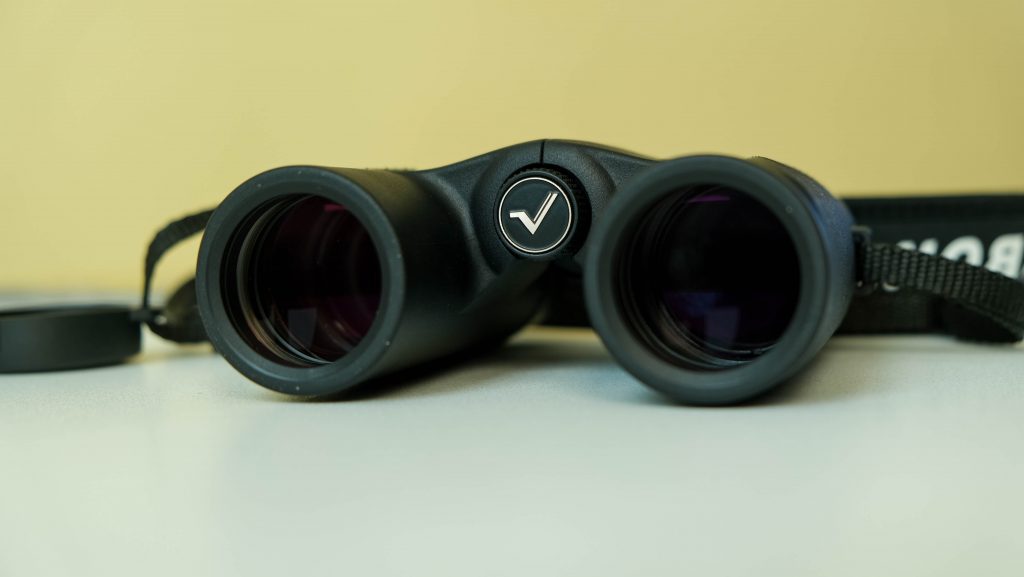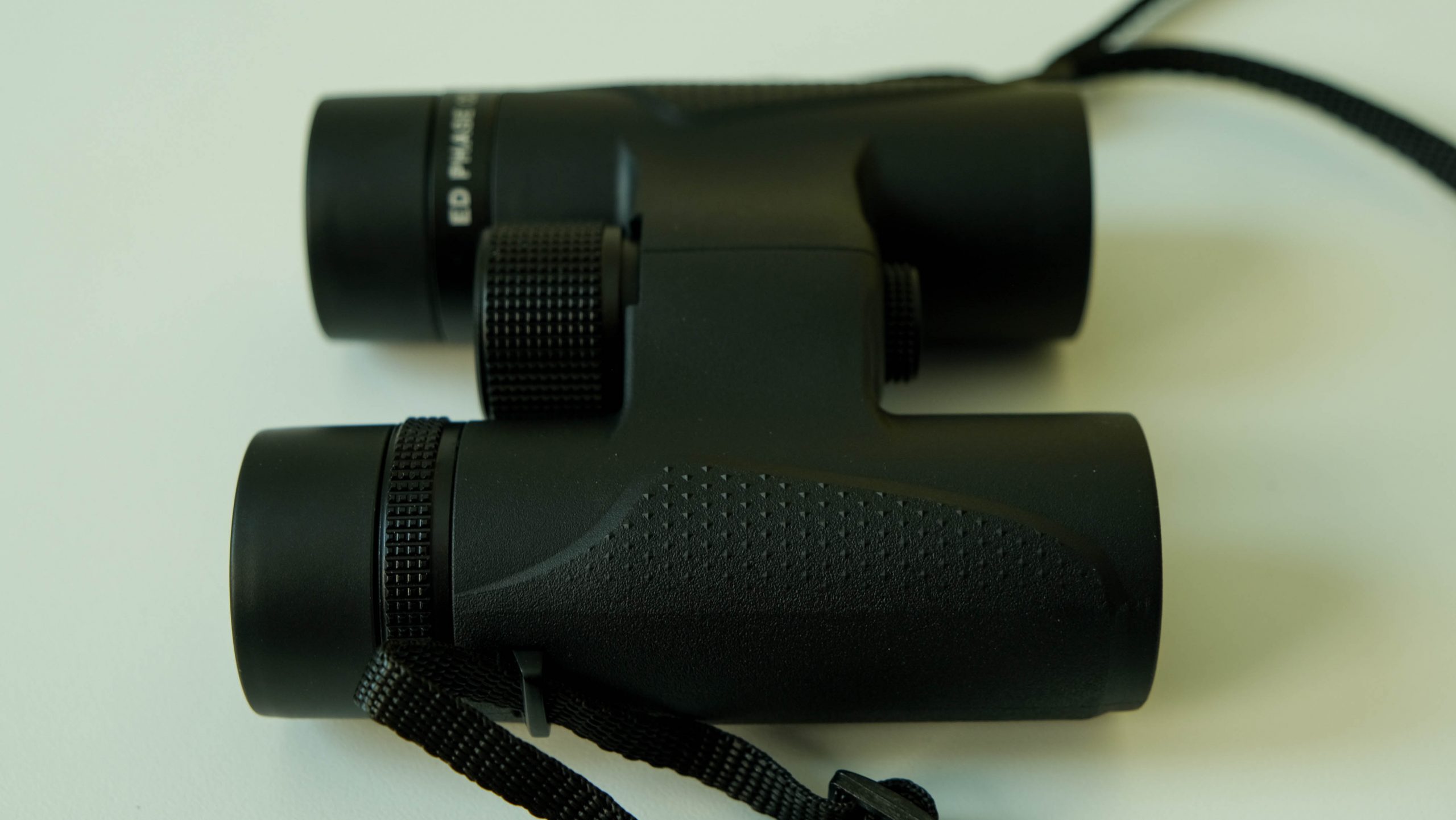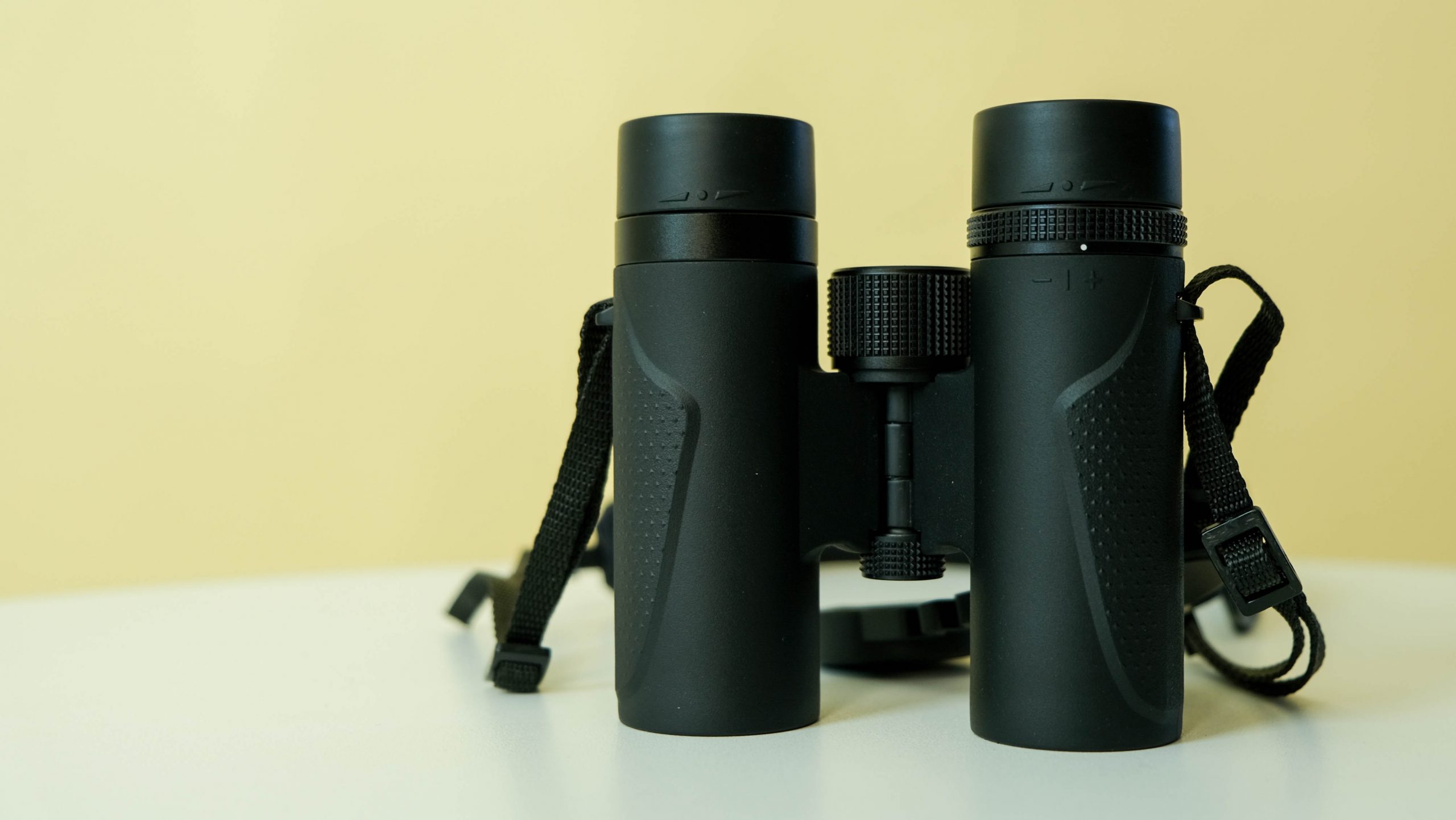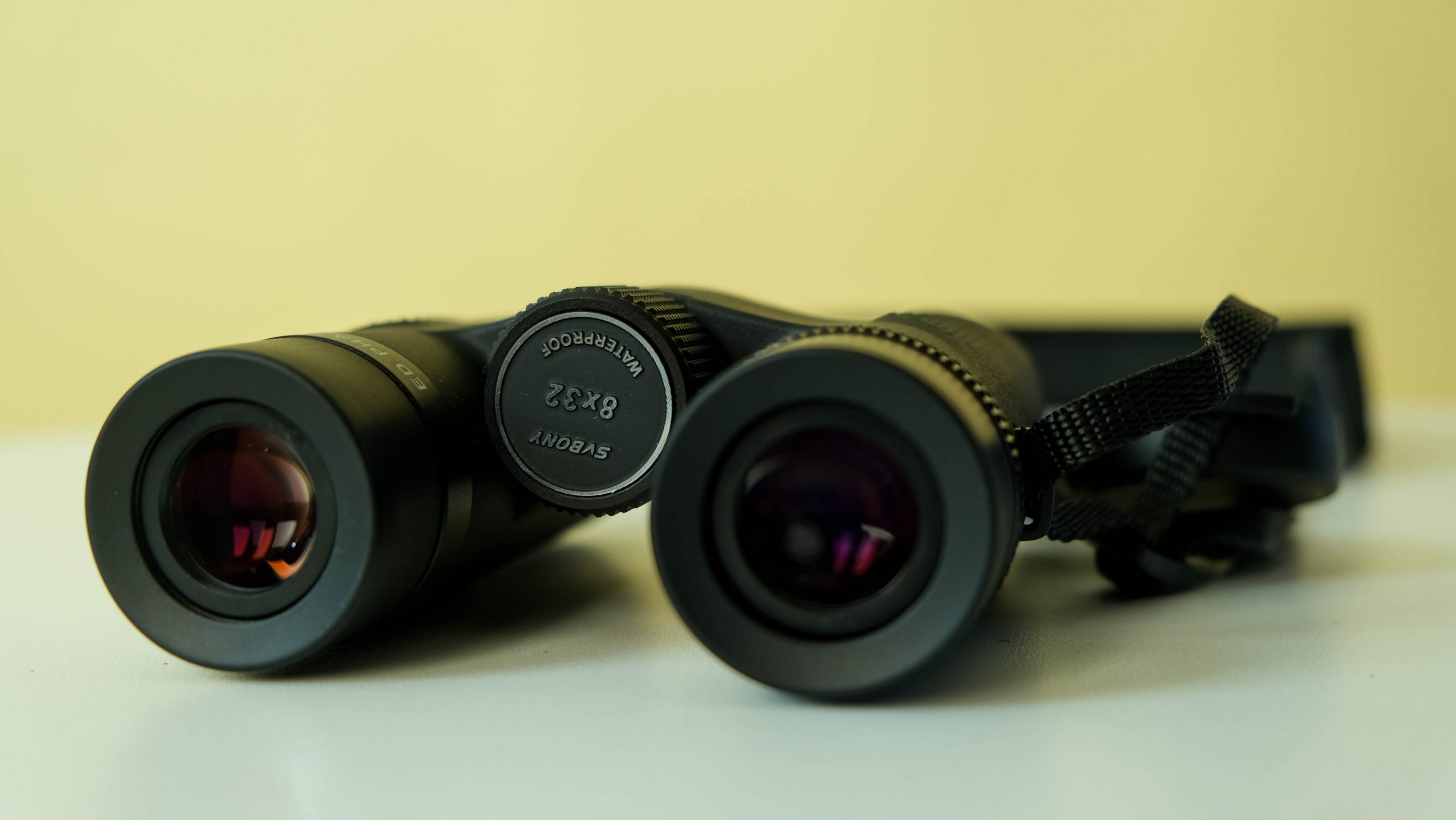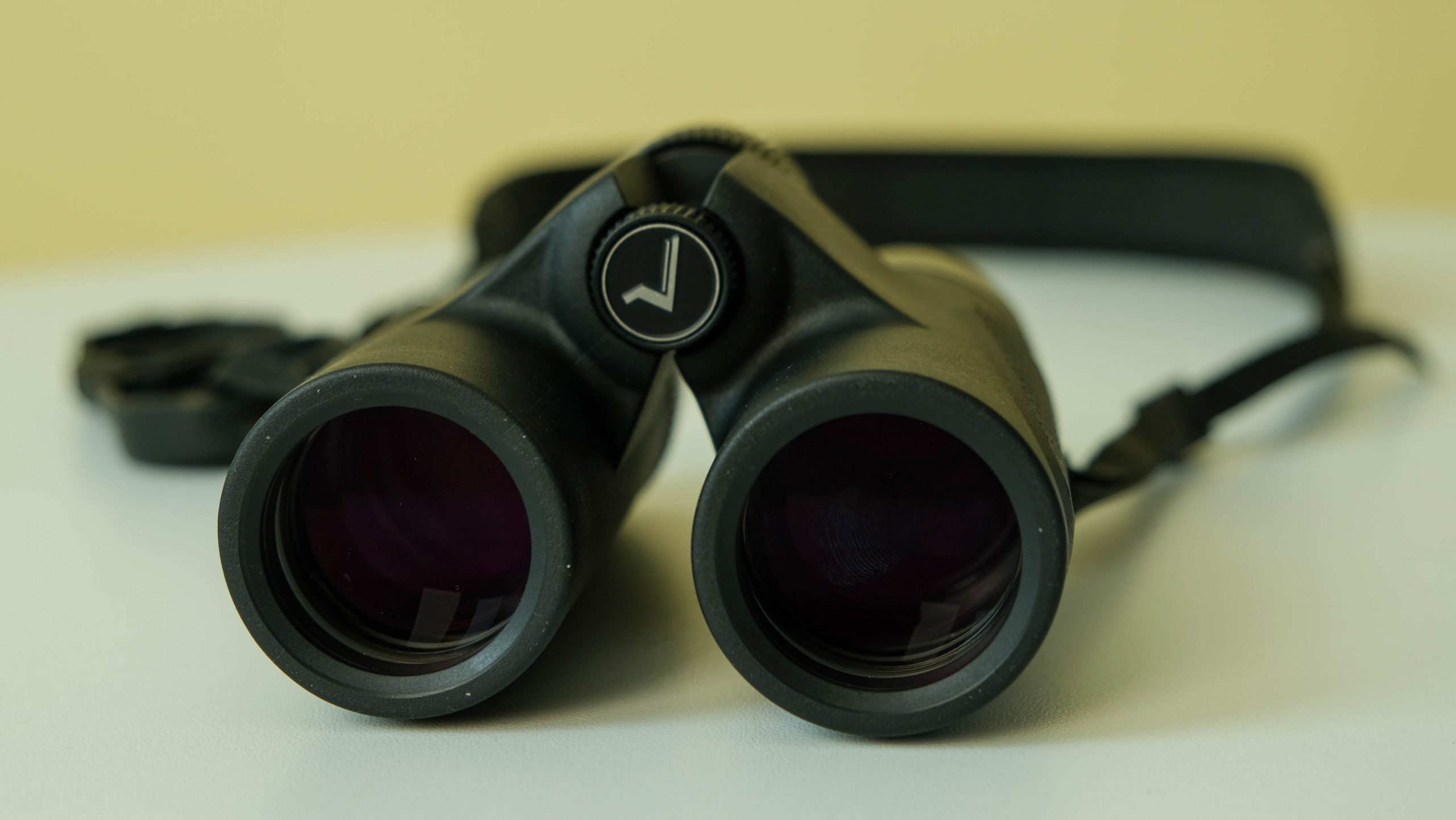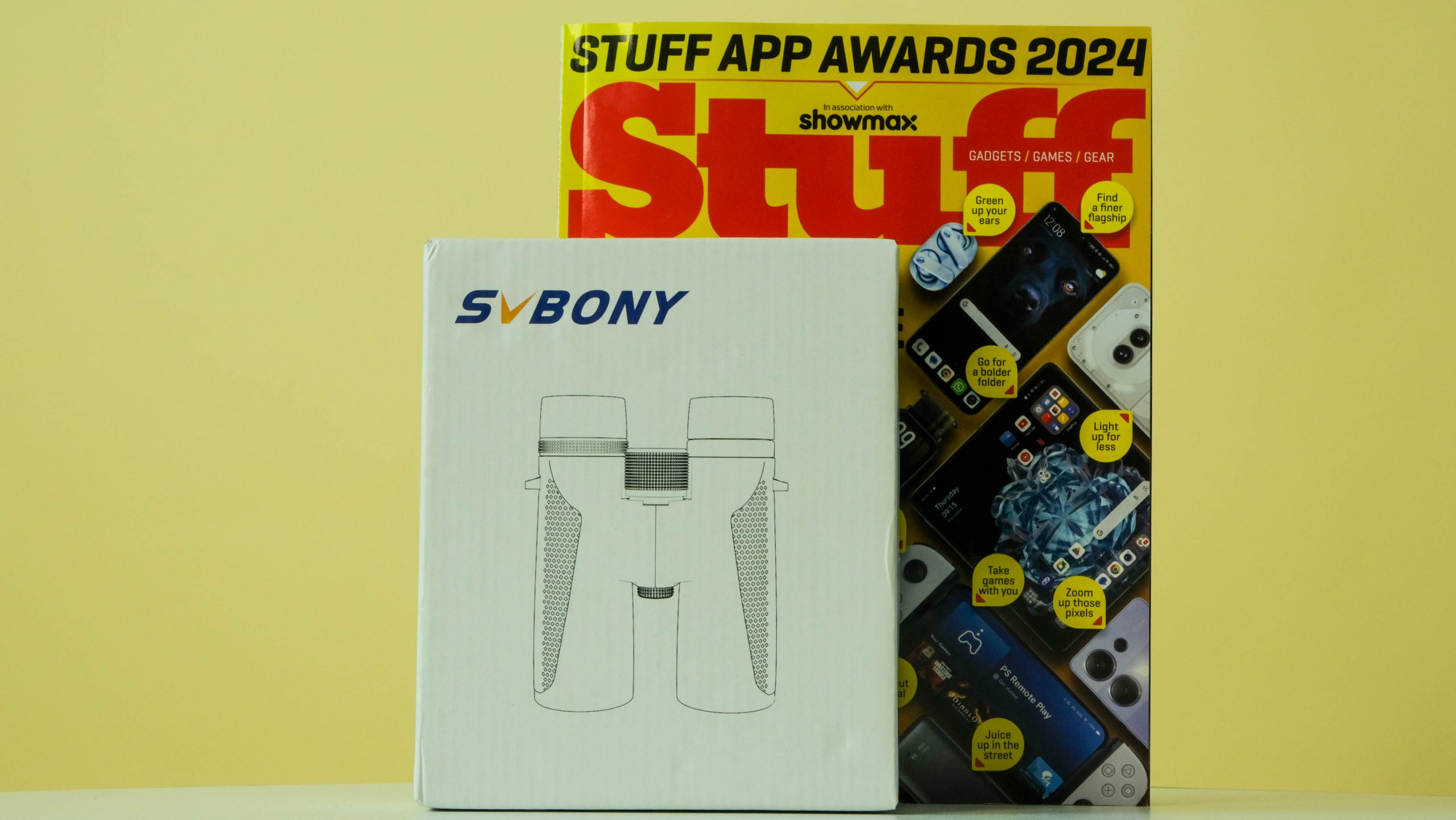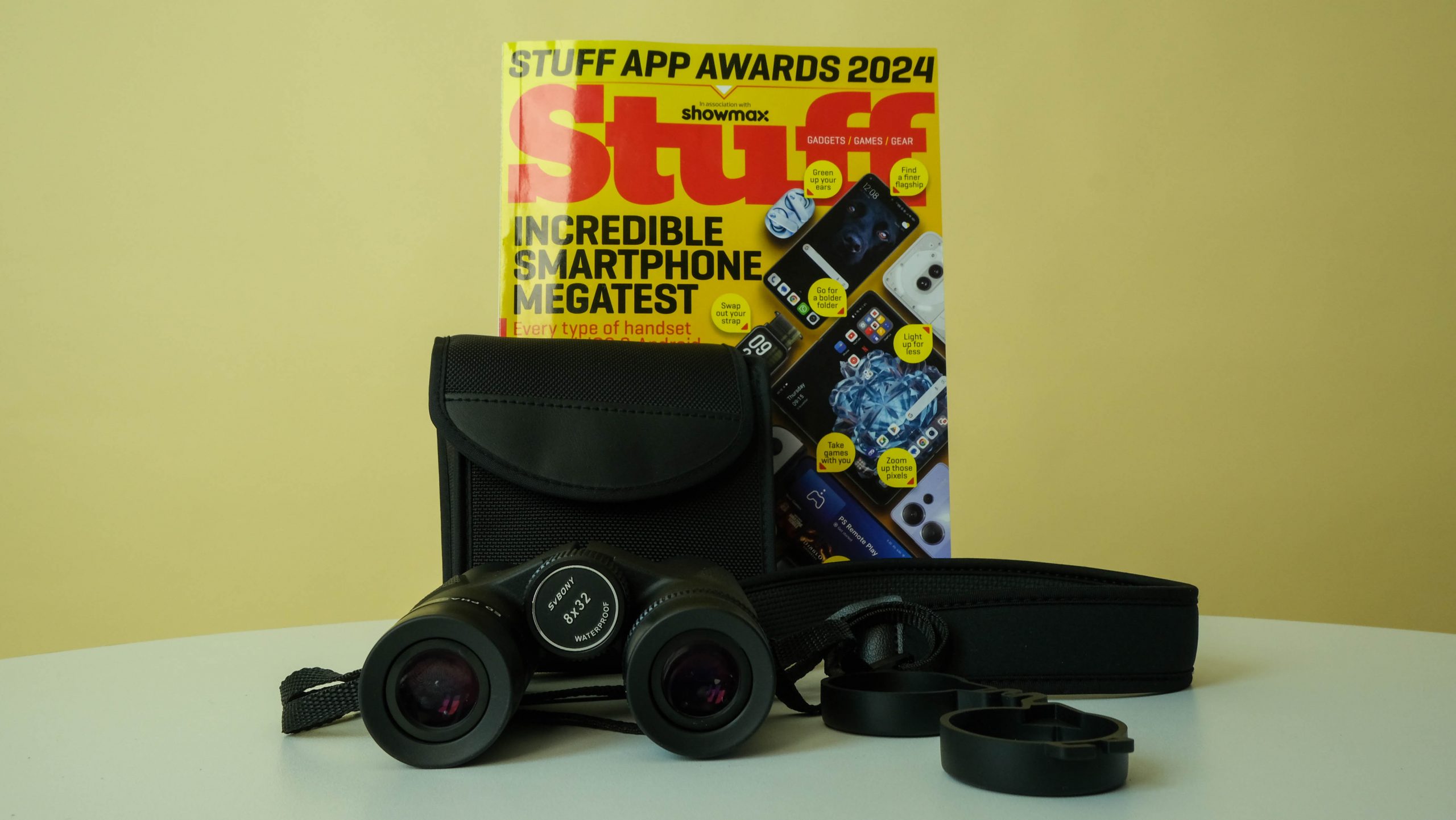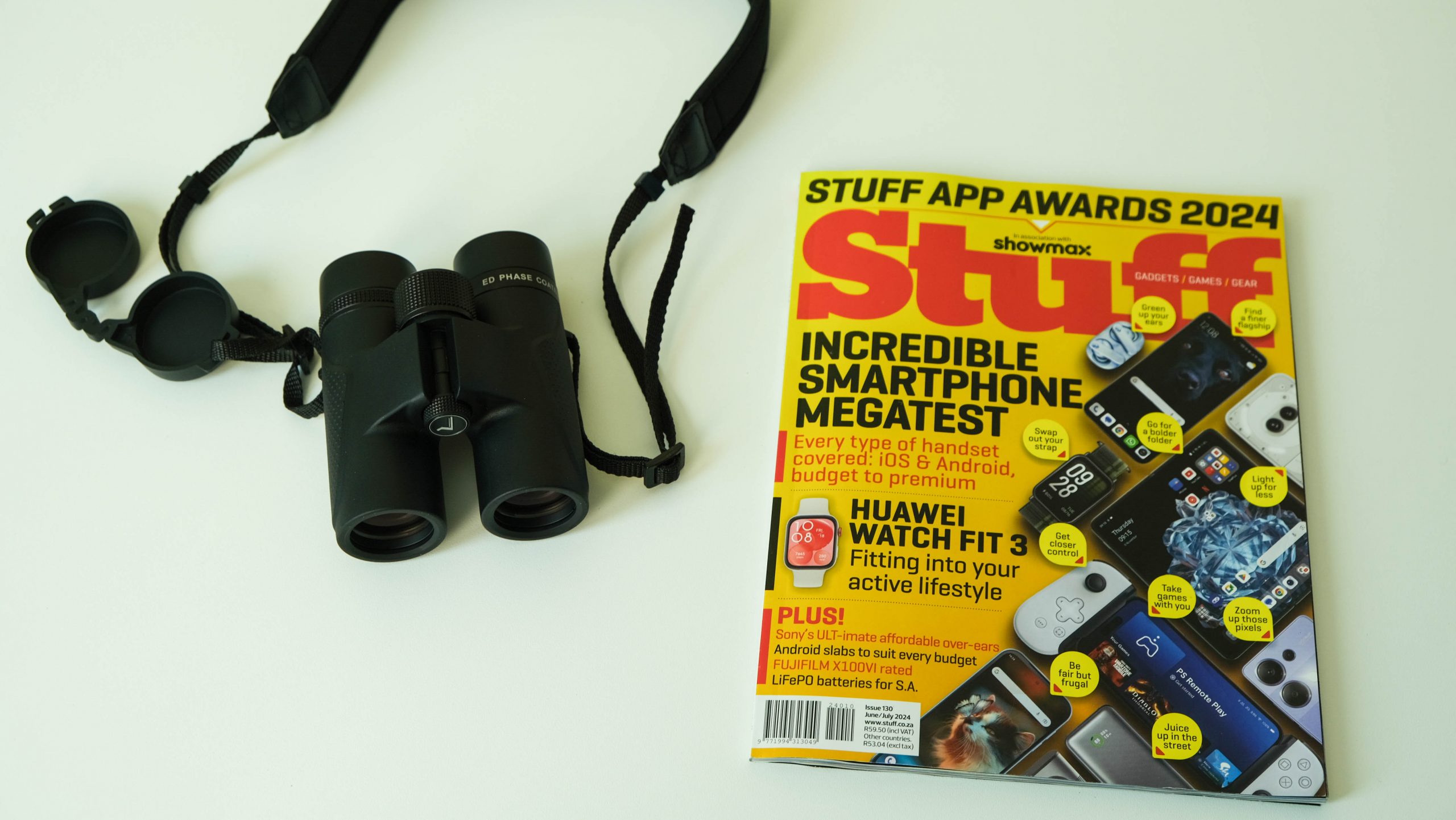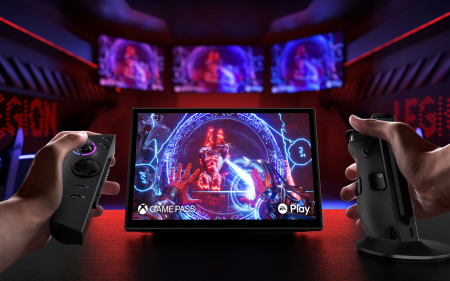You could pick up a set of ED binoculars from another source but expect to pay three times the price. The just-over-R2,500 price is an excellent one for this multitalented set of binoculars that is just as at home watching birds, wildlife, or the constellations. Expect clear, defined images at any time of day or night and performance exceeding the price point.
-
Comfort
-
Lens Quality
-
Versatility
-
Value
If you’ve spent any time in the amateur astronomy space in the past few years, you might have come across the name SVBony. Even then, the SVBony SV202 8×32 ED binoculars might well have escaped your notice because… well, they’re brand new. But Stuff has been mucking around with a pair for the past few weeks, exploring the wonder that is extra-low dispersion (ED) glass.
It’s never been out of the question for Stuff to review binoculars, telescopes, and other optics. The tricky bit is laying hands on it in the first place. SVBony is a relative newcomer on the scene, plugged into the Chinese supply chain and offering mass-produced optics from the likes of Kunming United Optics (KUO) and (increasingly) its own designs. These ED binoculars were a welcome experience, proving that you don’t need massive objective lenses to be visually impressive.
Ergonomically yours
SVBony’s SV202 binoculars come in several flavours. These are the smallest of the lot at 8×32 but there are also 8×42 and 10×50 models available, at a correspondingly higher price. If you’re not familiar with binoculars, the notation stands for the magnification (‘8x’) and the size of the objective lens in mm (’32’). Generally, the larger the second number is the better, while any pair of binoculars about 10x becomes exponentially harder to handle by hand. These are a decent balance of magnification and objective size, making them ideal for wandering around… basically anywhere.
The aluminium frame is armoured in rubber, meaning you can huck them at a menacing lion in an emergency. The 900 grams or so of weight won’t make much of an impact but it’s the thought that counts. A generous focusing knob sits in the centre at the bend and the SV202s also feature click-stop eye cups that help with eye placement once you have them sighted in.
Focus is extremely smooth and the diopter, found on the knurled section just behind the right eye cup, is similarly easy to set. There’s enough tension there that you’ll only have to reset it if someone else mucks up your settings. It shouldn’t lose its focus on its own. Removable caps for both objective and field lenses mean the fully multi-coated glass surfaces should retain their pristine surfaces for as long as you need them to.
Praise the roof
The straight-through design of SVBony’s SV202 speaks to its roof prism design. The other shape you see from binoculars comes from porro prisms, which we won’t get into here. In addition to the multicoating on the lenses — the slightly red hue suggests these are optimised for daytime use — the SV202 uses BaK4 prisms. BaK4 or barium crown glass has a higher refractive index than its major competitor in this space, borosilicate crown (BK7). There are comparative numbers for both BaK4 and BK7 from glass maker Schott if you’d like to nerd out, but the upshot is that BaK4 offers better correction in binoculars.
This is readily apparent in performance, which we’ll get to in a second, but there’s one other secret weapon here — ED glass. This isn’t something you see every day and when you do see it, in the case of the Zeiss Terra 8×32 binoculars, you can expect to pay close to three times the price of these.
SVBony doesn’t go into detail about what grade of ED glass is in here but it doesn’t make up the entirety of the optical chain. It does make enough of a difference that chromatic aberration is very effectively tamed, no matter what you point the SV202s at.
The stars come out
We took these out for several sessions at night, a tough proposition under the Johannesburg light dome. The major performance indicator was tighter pinpoints from the SV202’s 8×32 lenses than a pair of non-ED Celestron 7x50s. SVBony’s coatings are undoubtedly better, despite being optimised for daylight, but the ED glass is also a factor, as is the lightweight nature of the roof prism design.
The result is the ability to see deeper than is possible with some larger objectives. At least one night was exceptional, with various shades of stars visible in sharply defined points but performance holds true during daylight hours too. Images are crisper and sharper than non-ED lenses provide, even when looking directly at bright objects in full sunshine. Reduced chromatic aberration is something you only properly appreciate once you have it.
The views in bright light are also not prone to the misting effect that sometimes turns up due to internal reflections, indicating that SVBony (or KUO, since the design looks rather… familiar) has done its homework when it comes to internal baffling and reflecting damping.
SVBony SV202 8×32 ED binoculars verdict
The SV202 binoculars are available through several avenues but the most affordable is local store Telescopium, though there is some lead time. It’ll cost you R2,550 to stick a pair of these in front of your eyes and, honestly, it’ll be money well-spent if you’re after a compact and versatile pair of binoculars. The SV202 ED binoculars excel during the day when abundant light makes the visuals pop but that’s not all these roof prisms have going for them.
The extra-low dispersion glass provides excellent colour correction, resulting in crisp images at any distance. The ED glass continues its excellent work at night, providing clearer images than a standard set of 50mm-objective binoculars, right down to improved colour rendition of stars. For a pair of bins that weighs less than a kilo and is compact enough to get lost in your car’s glove box, that’s an impressive performance.

